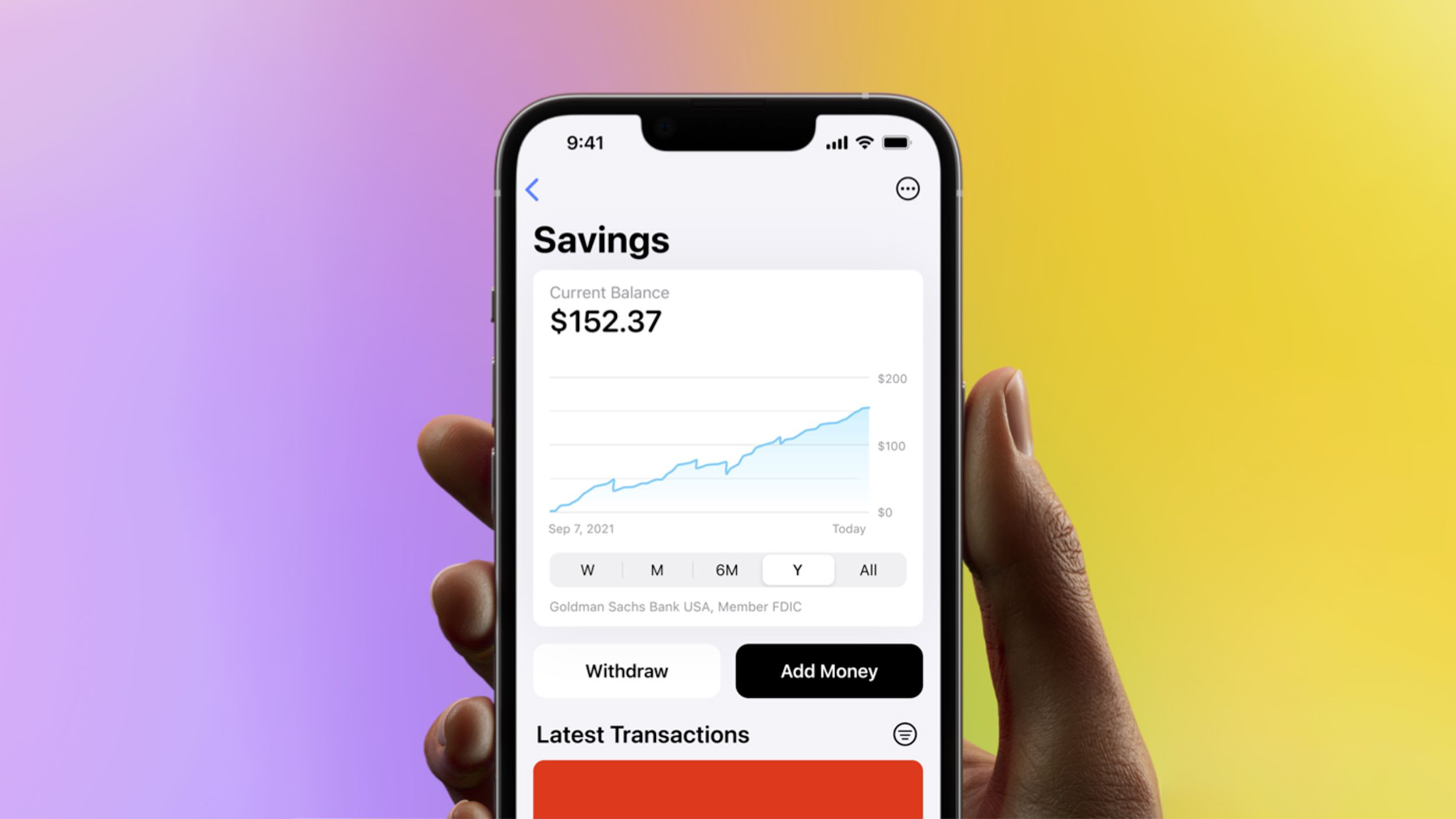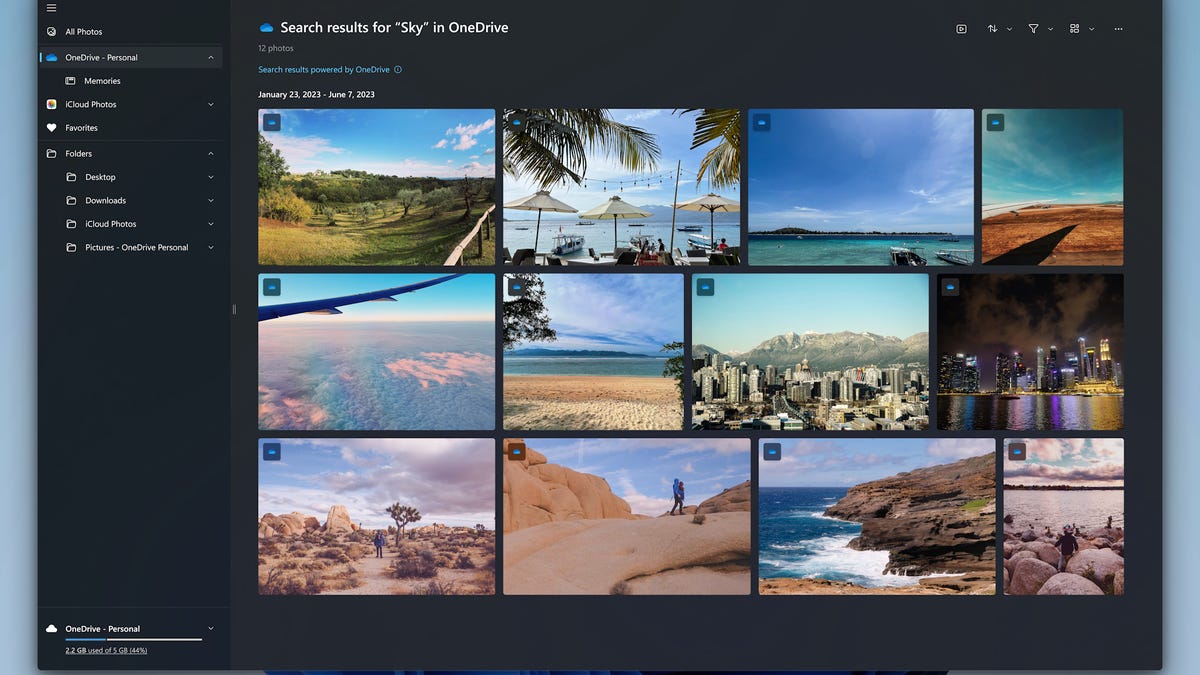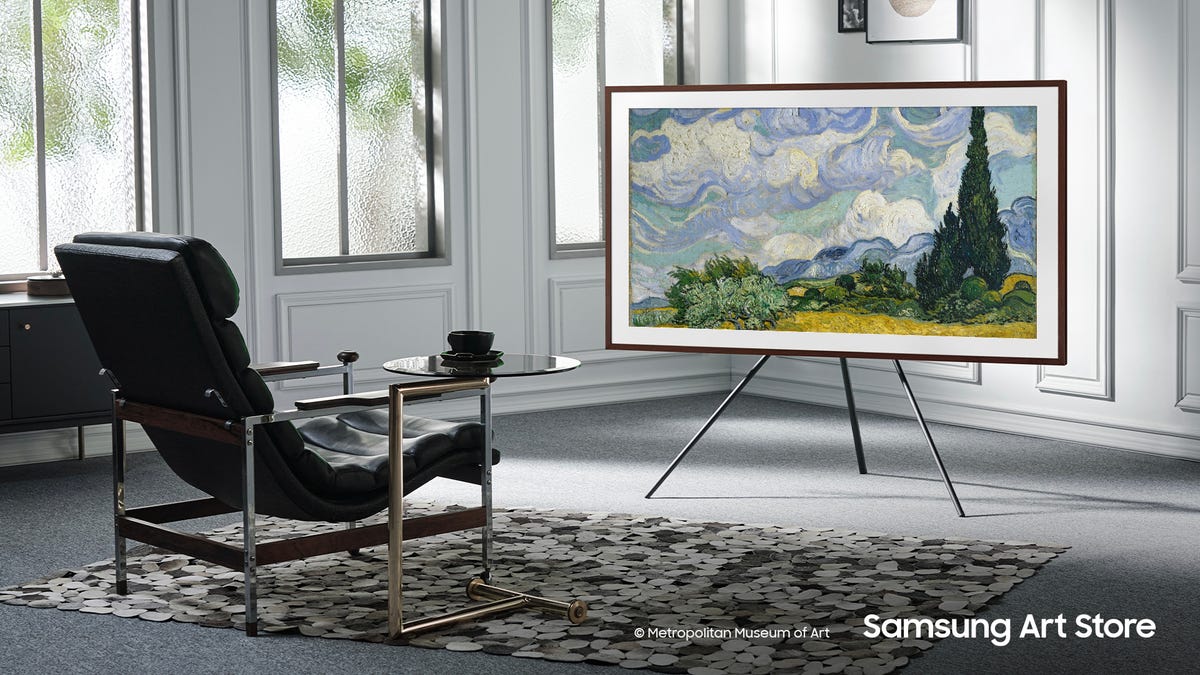Generative AI’s Impact on Creatives’ Work
Generative AI's Impact on Creatives' Work
How Artificial Intelligence is Transforming Creativity

Over the past year, we have witnessed an explosion in the use of artificial intelligence (AI) across multiple industries. This remarkable technology has completely transformed the way creatives work, offering countless advantages and new possibilities. AI has enabled artists and writers to explore new ways of creation, freeing them from mundane and repetitive tasks. It is also inspiring creatives to reimagine their work, reframe challenges through the lens of AI capabilities, and revamp their creative processes entirely.
“The spotlight on generative AI is only getting brighter, but this new technology poses considerable questions for designers whose primary role is based on creative, compelling visuals.”
Generative AI, in particular, has become a hot topic, raising questions about the future role of designers in a world where AI can generate visuals with ease. Will creatives need generative AI to succeed in the future? What kind of prompts will elicit the best generative AI output? Does generative AI need designers to become and remain meaningful?
AI has undeniably disrupted conventional methods of creativity. Traditionally, creativity has been seen as a distinctly human quality, driving new ways of thinking, discovering new patterns, and employing empathy. However, with the advent of AI technologies like ChatGPT and Midjourney, which enable rapid content creation and AI-generated art, there are concerns about humans losing their claim to creativity. AI has already started to change how audio, text, and written content are created, sparking mixed reactions.
“For those outside of traditionally creative professions, generative AI has significantly lowered the barrier to entry for writing, designing, and crossing the boundaries of their creativity. However, most agree that creative outputs through AI tools lack the emotional aspect that human content possesses and can only benefit from human involvement.”
In non-creative roles, generative AI has opened doors for individuals to tap into their creative potential, enabling them to explore different forms of expression. However, it is widely acknowledged that AI-generated content lacks the emotional depth of human-created content and can only truly excel with human involvement.
“For individuals working in content-creation roles, such as copywriters, designers, UX experts, or marketing communications professionals, the introduction of generative AI into their processes has helped increase the volume of content and visual output.”
Generative AI has completely disrupted the content-creation economy, particularly for professionals working in content-related roles. Copywriters, designers, UX experts, and marketing communications professionals have seen a significant increase in content volume and visual output due to the integration of generative AI into their creative processes.
“How Generative AI is Changing Creative Work”
The impact of generative AI on creative work is profound. It is transforming the way individuals and industries of all sizes create and innovate. Artificial intelligence is being utilized across the entire creative process, providing businesses with end-to-end solutions. Generative AI empowers businesses with idea generation, testing, personalization, and more.
“One of the key benefits of generative AI is increased productivity.”
The benefits of generative AI and creativity are plentiful. Firstly, it significantly increases productivity by allowing creators to instantly generate a higher number of images and words throughout the content-creation stages.
“Artificial intelligence also helps overcome creative blocks.”
Secondly, generative AI serves as a creative catalyst, helping creators overcome their creative blocks and fill in the gaps when creating alternative versions of products. It effortlessly bridges production bottlenecks and compensates for unavailable resources.
“Generative AI provides creatives with more sophisticated options.”
Thirdly, generative AI enables creatives to explore a multitude of sophisticated options by quickly generating words, content, and even code. This tool significantly expands the creative possibilities in the digital space.
“Generative AI helps with idea generation.”
Fourthly, generative AI acts as a valuable idea generation tool, assisting professionals in brainstorming sessions and offering various ideas for any given project. With AI, creatives can work more efficiently and easily overcome brain fog or creative struggles.
“Automation is a significant advantage of generative AI.”
Lastly, generative AI is driving automation in design processes. From subject lines and header image creation to old images, meta descriptions, and module designs, AI is capable of pattern-driven design, streamlining and automating certain aspects of the creative workflow.
“As AI continues to evolve, we expect it to enhance, rather than replace, human-generated content.”
Generative AI will continue to learn and evolve through increased use. Its future lies in collaborating with humans rather than completely replacing them. Artificial intelligence will undoubtedly enhance human-generated content, making it more personalized and relevant.
“What to Watch For”
As creators interact with AI models, the way they frame and phrase problems and challenges will evolve. By refining our interactions, creatives will steer AI models towards producing more consistent and desired outcomes that align with brand standards, communication goals, and specific business challenges.
“As AI becomes more intuitive, problem formulation will move to the forefront of interactions.”
In the not-too-distant future, problem formulation will become crucial in interacting with AI. AI is becoming more intuitive and adept at understanding natural language. Similar to how we no longer need search terms in parentheses or specific keywords to find content on the internet, AI will increasingly rely on natural language interaction.
“The Future and Beyond”
As the use of generative AI becomes more widespread, digital asset management may become a challenge due to the vast number of assets created by AI and limited documentation around ownership. It is essential for organizations using generative AI to have thorough discussions about content governance, ownership, attribution, storage, and licensing terms. Working with legal teams will help develop necessary terms of service, especially in agency-client relationships.
“Artificial intelligence is a creative partner, not a replacement.”
Artificial intelligence enables creators to produce more personalized content, benefiting everyone involved. In the future, a hybrid approach to creation, where AI and humans collaborate, will likely become the norm. As more individuals embrace AI, it will gradually shift from being a disruptive force to a valuable creative partner.
“For independent contractors and agencies, early adoption of AI will increase chances of success in the evolving economy.”
Moving forward, independent contractors and agencies that adopt AI early on have a higher likelihood of success as the industry continues to evolve. If you are a creative who is curious about AI, now is the perfect opportunity to step up and stand out as an emerging expert in this exciting field.

In conclusion, AI is revolutionizing creativity across industries, presenting new opportunities and challenges for designers and creators. It amplifies productivity and overcomes creative blocks while providing sophisticated options and generating ideas. AI is a creative partner that enhances human-generated content rather than replacing it. As the future unfolds, AI will become an invaluable tool for creators, enabling them to push boundaries and create outstanding work.






